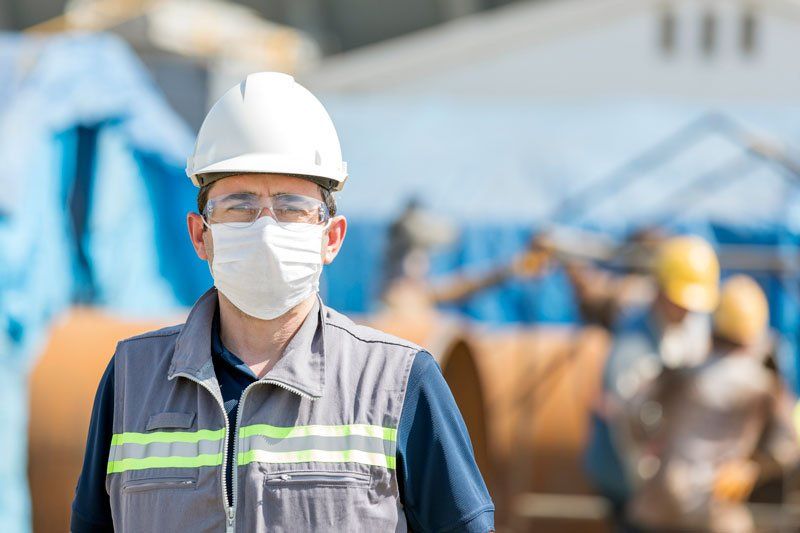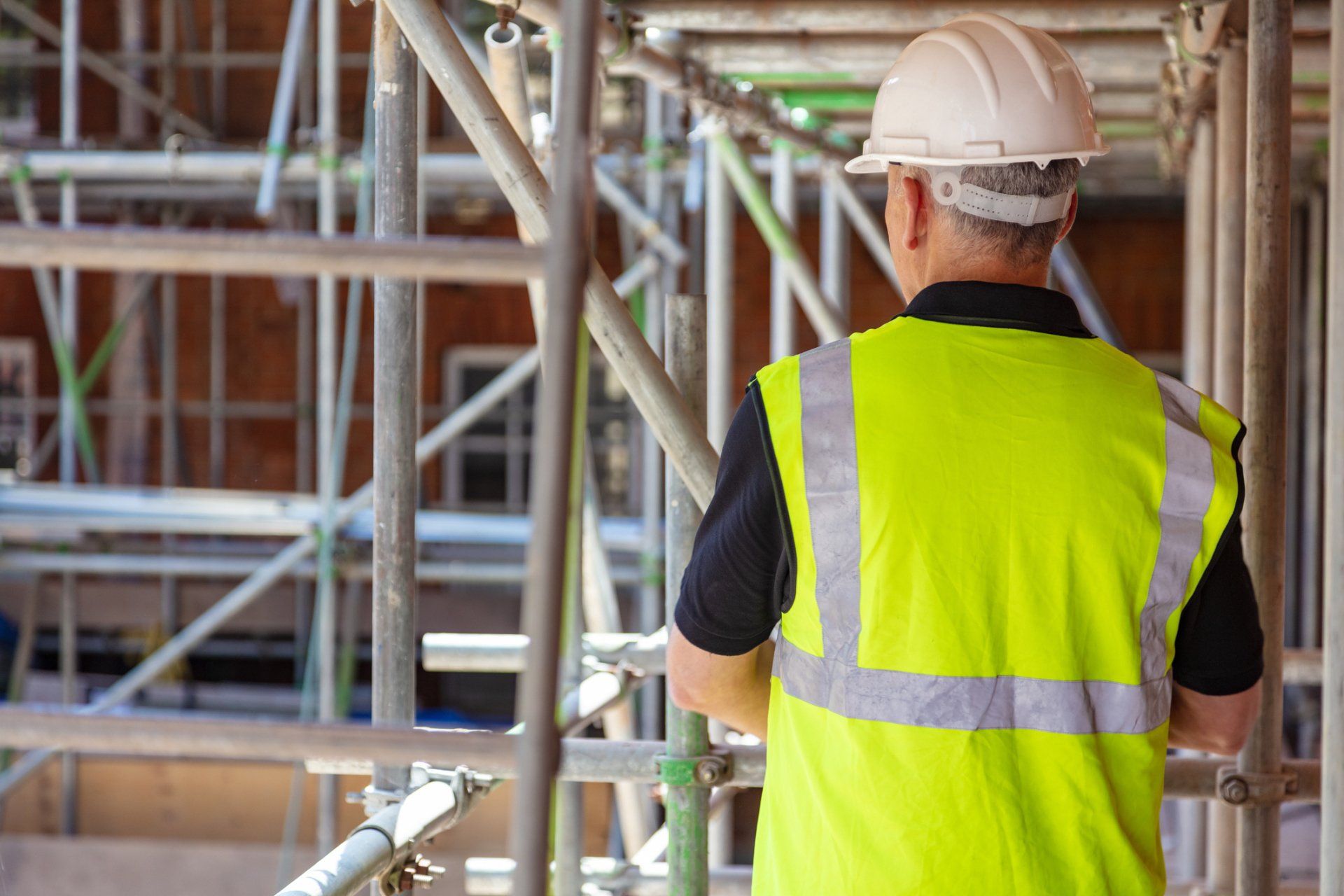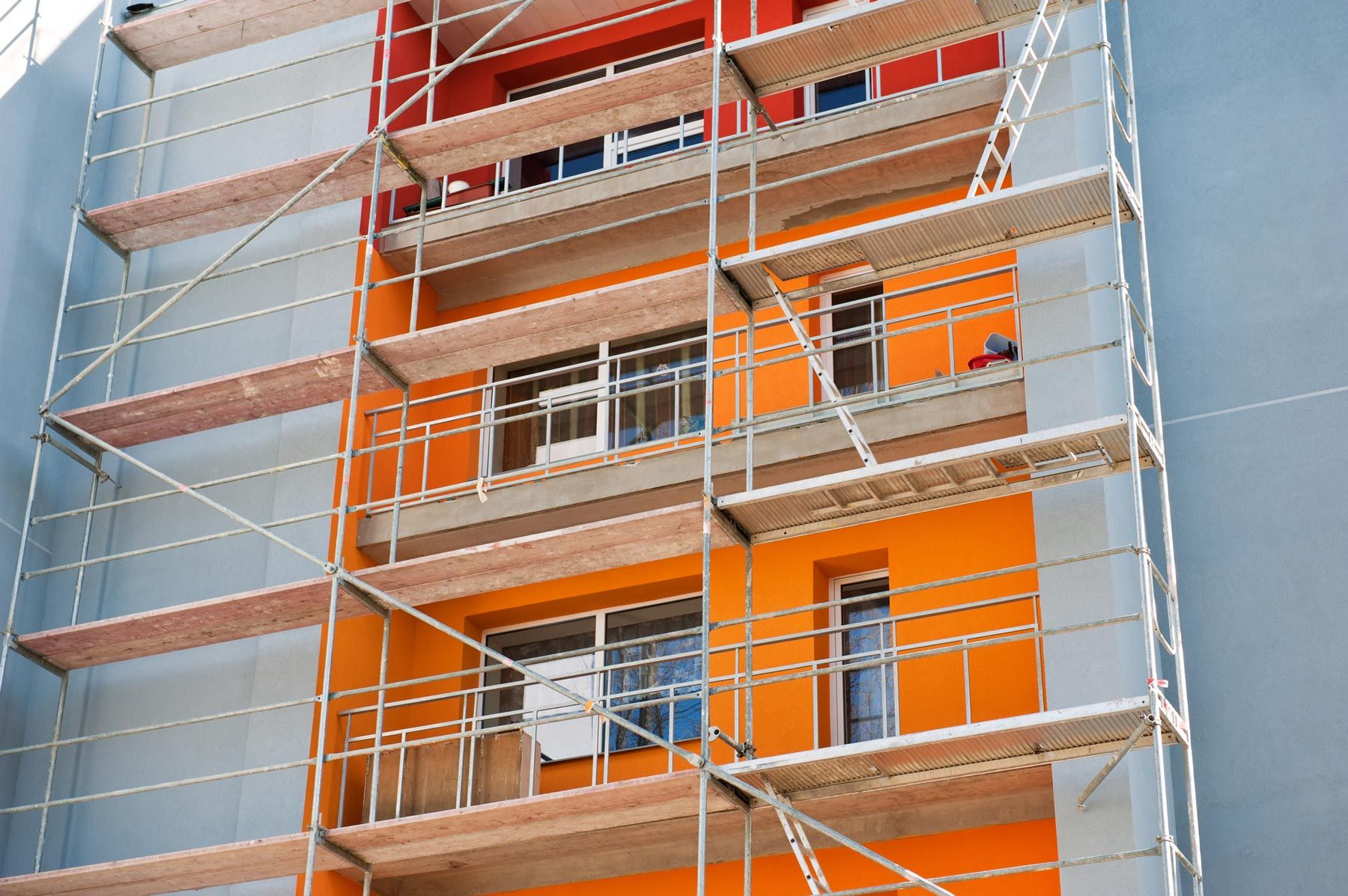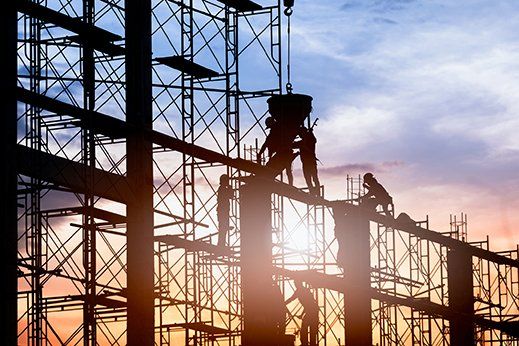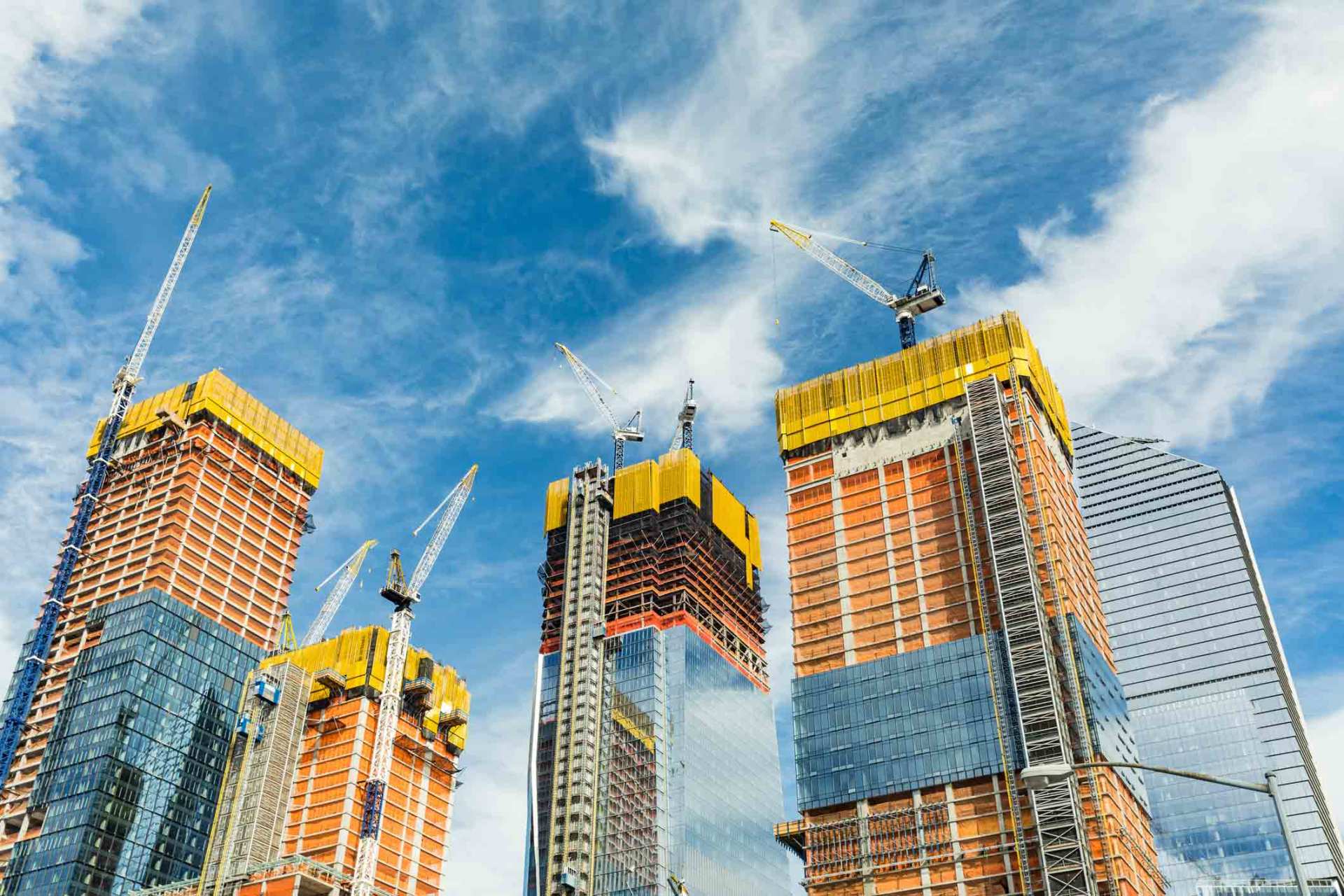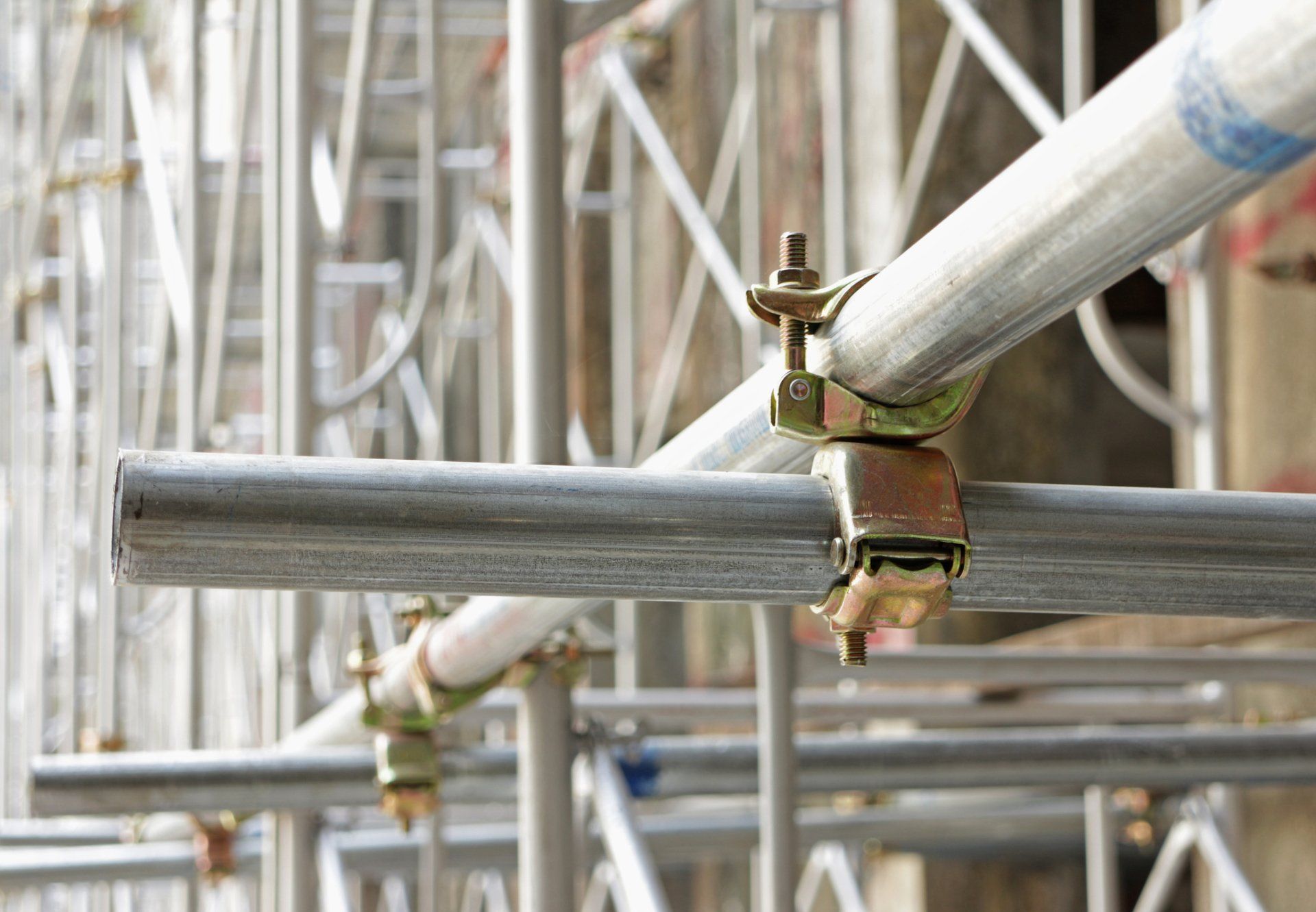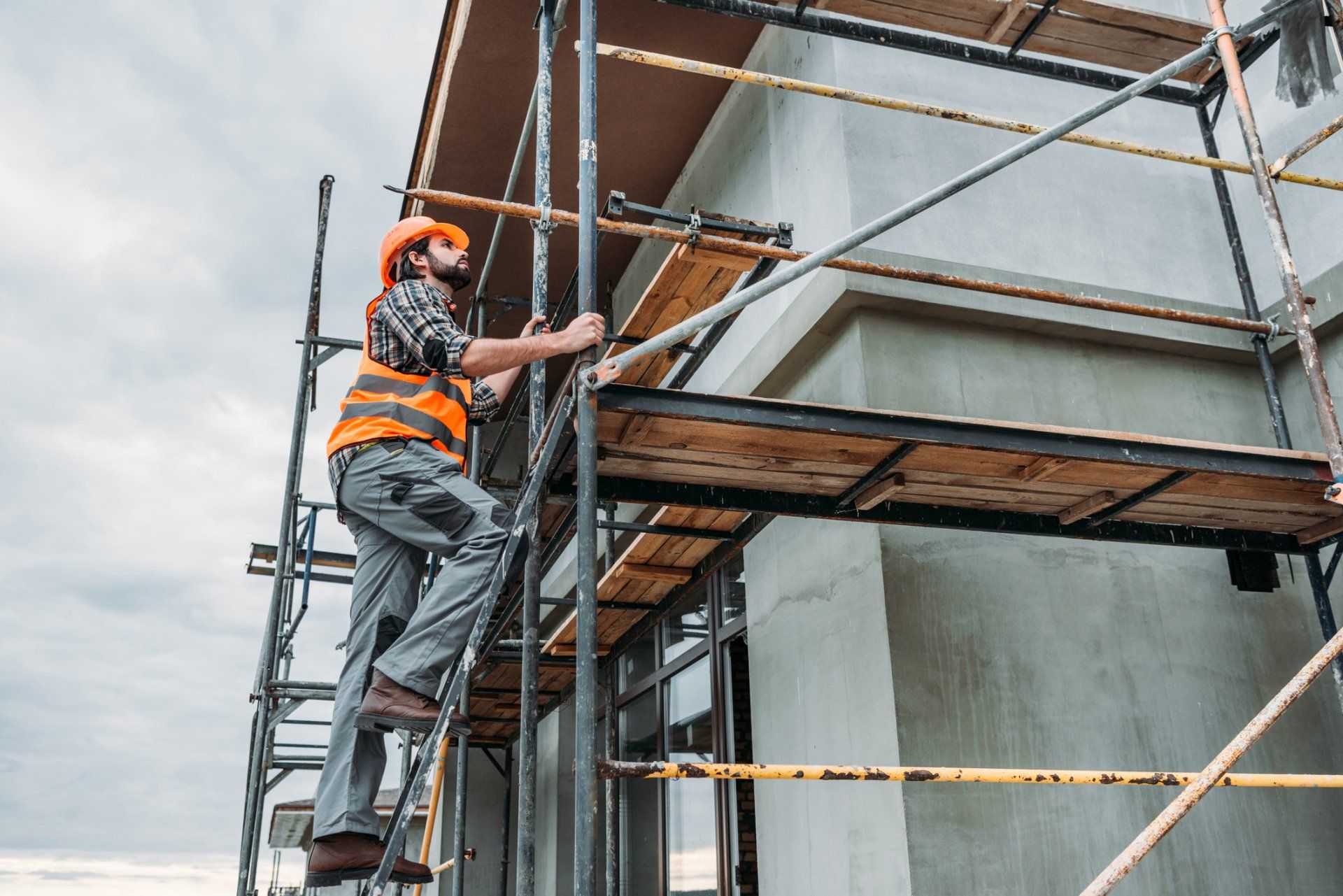Blog Post
Need Scaffolding? A Short Guide to the 5 Major Types
- By Admin
- •
- 12 Jul, 2019
- •
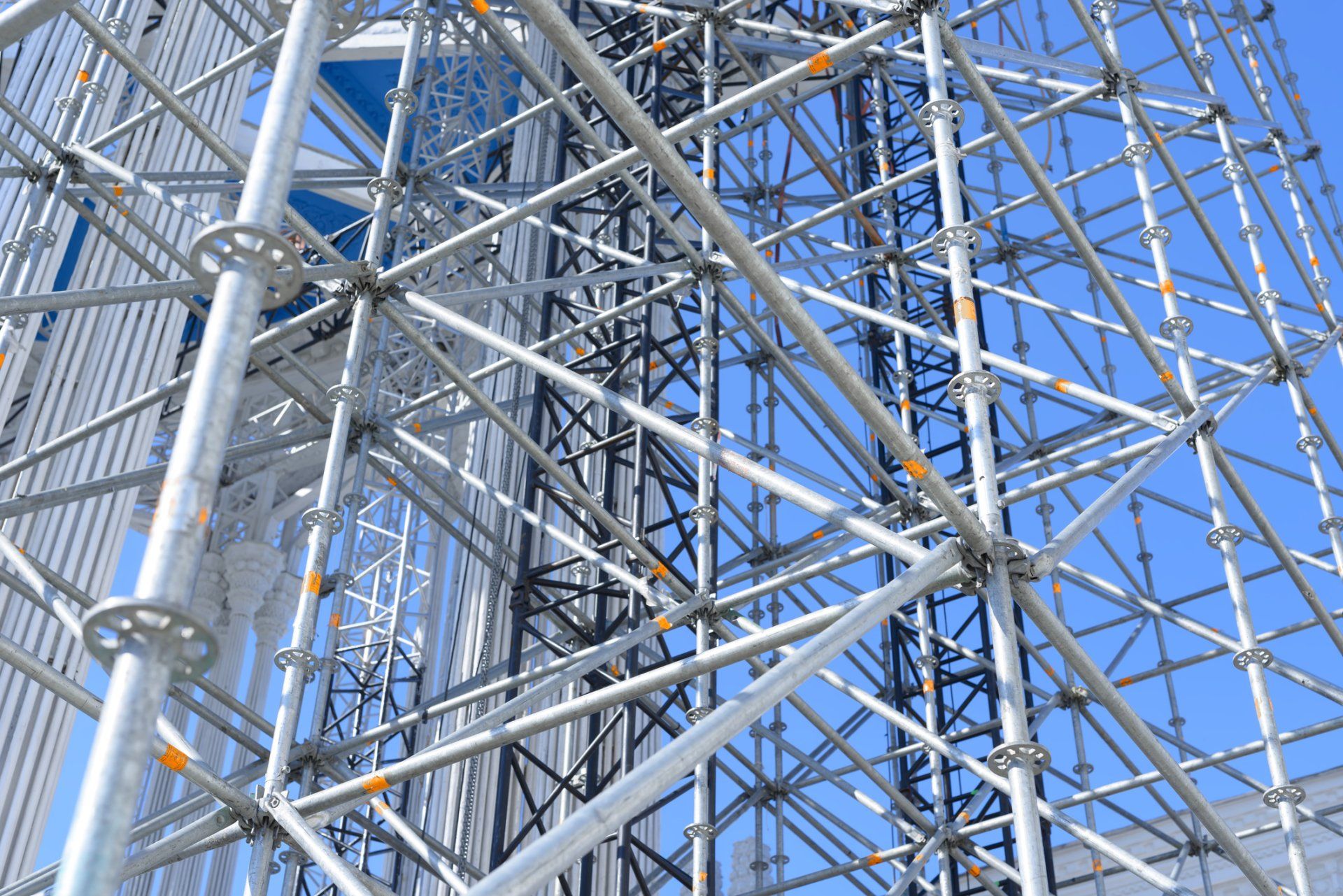
Do you need scaffolding for your future construction project? If you have any work to complete on the outside of walls, you likely want to use these time-saving and safety-minded construction aids.
But what kind of scaffolding can you expect to use? And how can you choose the best fit for your specific project? Here's a short guide to the five main scaffolding types and their uses.
But what kind of scaffolding can you expect to use? And how can you choose the best fit for your specific project? Here's a short guide to the five main scaffolding types and their uses.
1. Single Scaffolding
Commonly called bricklayer's scaffolding, this scaffolding is the simplest type of setup. Supports are placed in the ground in a row parallel to the wall being worked on. Horizontal supports called putlogs are secured to both the vertical supports and holes in the wall to provide a solid place to work. If a single scaffold-type arrangement gets high enough, additional braces are placed for safety.
While older scaffolds used wood and rope lashings for their supports and connections, modern versions generally use steel or tubular beams. Horizontal elements have specialized connectors that increase safety as well as ease of movement. And modern putlogs are specially constructed to leave less mark on the wall's structure.
While older scaffolds used wood and rope lashings for their supports and connections, modern versions generally use steel or tubular beams. Horizontal elements have specialized connectors that increase safety as well as ease of movement. And modern putlogs are specially constructed to leave less mark on the wall's structure.
2. Double Scaffolding
Of course, not all construction projects want holes in the walls. Stone work, for instance, doesn't generally include such holes for the putlogs to support a temporary structure. In this case, you need a scaffold that is completely independent of the wall itself.
The double setup, or mason's scaffolding, gets its name from the additional row of grounded support standards placed on the outside of the scaffold to keep it safe and sturdy. This wider footprint makes the scaffolding itself stronger than a single version. If the rows will go too high, scaffolding installers will add additional support measures in the forms of rakers and cross-braces.
The double setup, or mason's scaffolding, gets its name from the additional row of grounded support standards placed on the outside of the scaffold to keep it safe and sturdy. This wider footprint makes the scaffolding itself stronger than a single version. If the rows will go too high, scaffolding installers will add additional support measures in the forms of rakers and cross-braces.
3. Cantilever Scaffolding
What if you need to work in a spot where you can't place supports into the ground directly below? Then you may need a cantilever scaffold. With this setup, a support called a needle is placed partly in the wall and partly on the exterior. These needles then support the weight of the scaffold and workers while it uses the wall as support, not the ground.
To keep the cantilevered needle from moving in the wind or with workers milling about, an inclined strut is placed diagonally from the needle's outside edge to the wall itself. This angled support often makes use of a window sill or similar feature to keep it in place.
To keep the cantilevered needle from moving in the wind or with workers milling about, an inclined strut is placed diagonally from the needle's outside edge to the wall itself. This angled support often makes use of a window sill or similar feature to keep it in place.
4. Rolling Scaffolding
For smaller jobs or ones where space is at a premium, you may want a slimmed-down scaffold arrangement called rolling (or trestle) scaffolding. This mobile scaffold can easily be moved as the work calls for it, although it provides less space to move around for the workers.
Because mobile scaffolds focus on height rather than width, they are excellent choices for higher floors and more specific, location-based work.
Because mobile scaffolds focus on height rather than width, they are excellent choices for higher floors and more specific, location-based work.
5. Suspended Scaffolding
The final major category of scaffolds is those which are suspended from the roof. Suspended scaffolding consists of a sold work platform that is hung over the side of the building, using the roof as support. This might be a good choice for work being done high above the street, such as specific repairs or masonry replacements near the upper floors.
Suspended scaffolding, along with the other types mentioned, should only be installed and maintained by professionals with experience in this type of work.
When you understand the basic requirements and uses of the various types of scaffold, you will undoubtedly make the best choice for your particular construction work. At Pacific Scaffold Company, we can help guide you through selection along with installation, maintenance, and removal. Call today to learn more about how we can help make your project run smoother and safer.
Suspended scaffolding, along with the other types mentioned, should only be installed and maintained by professionals with experience in this type of work.
When you understand the basic requirements and uses of the various types of scaffold, you will undoubtedly make the best choice for your particular construction work. At Pacific Scaffold Company, we can help guide you through selection along with installation, maintenance, and removal. Call today to learn more about how we can help make your project run smoother and safer.
Share
Tweet
Share
Mail
1340 12th St. Oakland, CA 94607
CA LIC# 292509

